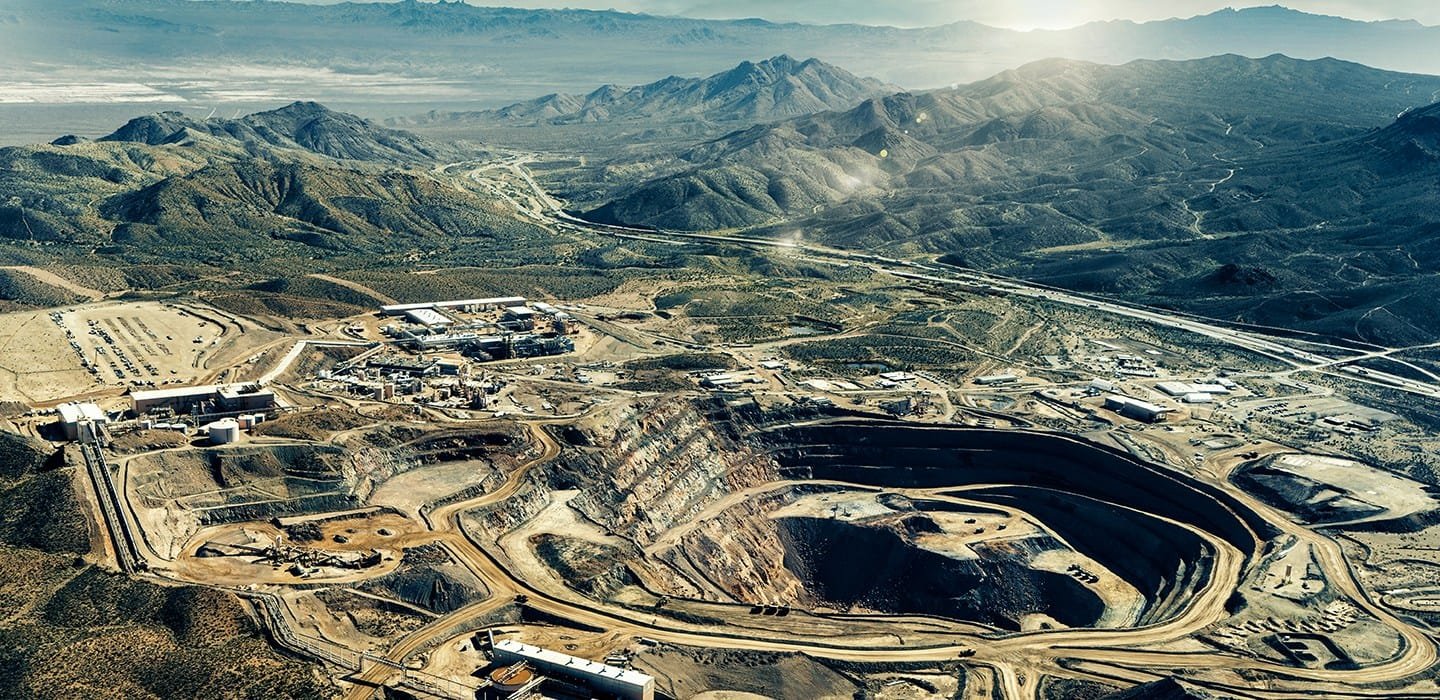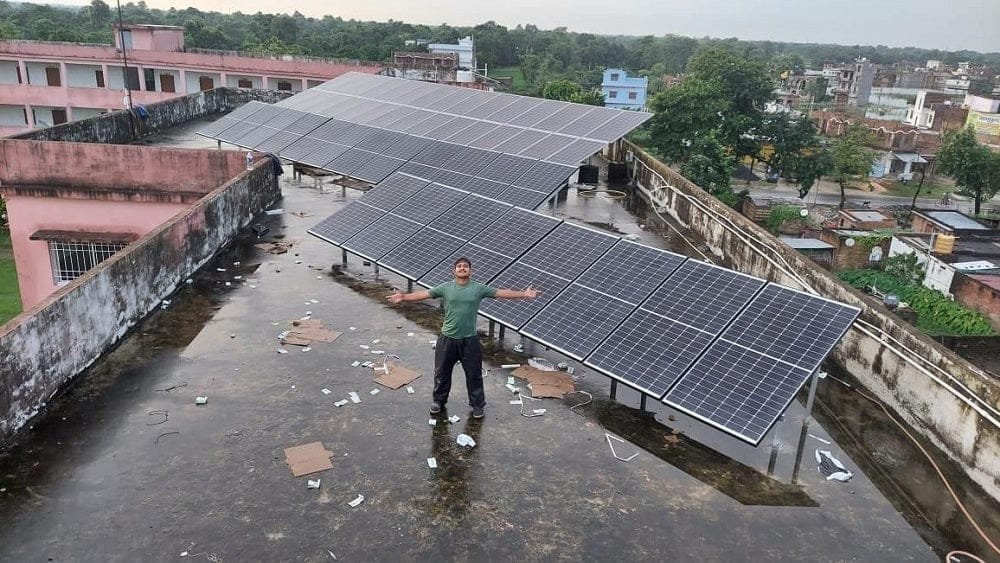Rare Earth Elements (REEs) are a group of 17 chemically similar metallic elements, including the 15 lanthanides, along with scandium and yttrium. Despite their name, these elements are not particularly rare but are seldom found in concentrated and easily mineable deposits. Their unique properties make them indispensable in modern technology, industry, and even geopolitics.
The Science Behind Rare Earth Elements
REEs are typically categorized into two groups:
- Light Rare Earth Elements (LREEs): Lanthanum (La) through Samarium (Sm)
- Heavy Rare Earth Elements (HREEs): Europium (Eu) through Lutetium (Lu), plus Yttrium (Y)
These elements possess exceptional electrical, magnetic, and catalytic properties, making them essential for various high-tech applications.
Applications and Importance
1. Electronics and Consumer Devices
REEs are vital in producing smartphones, laptops, LED screens, and rechargeable batteries. For example, Neodymium (Nd) is a key component in the powerful magnets used in speakers and hard drives.
2. Renewable Energy and Green Technologies
Magnets made from REEs are crucial in wind turbines and electric vehicles (EVs). The push toward green energy has increased global demand for elements like Dysprosium (Dy) and Terbium (Tb), which enhance the performance of these magnets.
3. Defense and Aerospace
REEs are indispensable in advanced defense systems, including radar, missile guidance, and stealth technology. Their strategic importance has led nations to secure reliable supply chains.
4. Medical and Industrial Applications
Medical imaging, such as MRI machines, relies on Gadolinium (Gd). Additionally, REEs are used in refining petroleum and treating water pollution.
Global Distribution and Geopolitical Challenges
China’s Dominance
China controls approximately 60% of global REE production and an even larger share of processing facilities. This dominance gives China significant leverage in global markets and international diplomacy.
India’s Rare Earth Potential
India possesses significant reserves of REEs, primarily in monazite sands along its coastal regions. However, environmental regulations and technological constraints have limited its exploitation. Developing a sustainable mining and processing industry could reduce dependence on imports and position India as a global supplier.
Environmental and Ethical Concerns
Mining and refining REEs generate toxic waste and radioactive byproducts. Unregulated mining, especially in indigenous and ecologically sensitive regions, threatens local communities. Responsible mining practices and recycling efforts are crucial to mitigating these impacts.
The Future of Rare Earth Elements
- Recycling: Recovering REEs from electronic waste is gaining traction as a sustainable alternative to mining.
- Alternative Materials: Scientists are researching substitutes for REEs to reduce dependence on limited reserves.
- Diversification of Supply Chains: Nations like the U.S., Australia, and India are investing in new mining projects to reduce China’s monopoly.
Conclusion
Rare Earth Elements are critical to modern technology and geopolitical power dynamics. As demand grows, balancing economic development, environmental sustainability, and ethical sourcing remains a global challenge. Countries like India have an opportunity to develop their REE resources responsibly, ensuring a secure and sustainable future.












